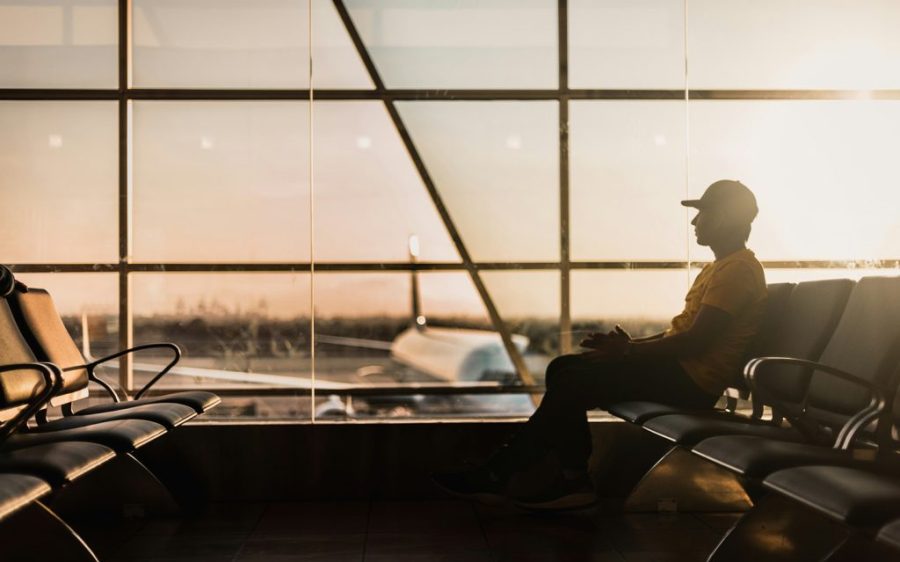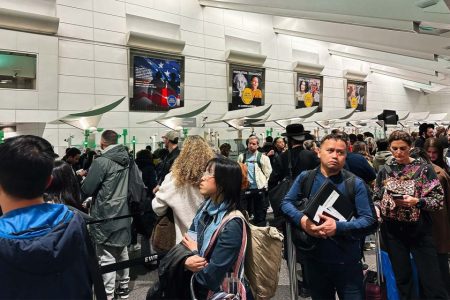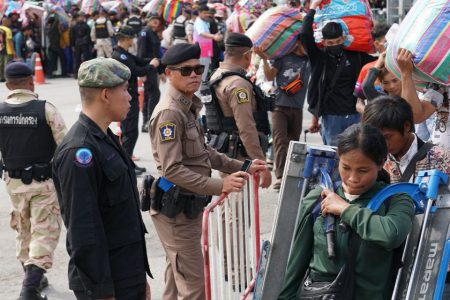Global travel is expected to fully bounce back to its pre-pandemic level this year, according to a new report from McKinsey & Co. The US-headquartered consulting company also expects travel spending will represent a whopping nine percent of 2024’s global gross domestic product (GDP).
But what does this post-Covid-19 travel landscape look like? The report delves into three major themes observed world-wide: most spending now happens closer to home; new source markets, including India and Southeast Asia, are emerging; and a fresh raft of destinations are fast-becoming hotspots for travellers.
On the first theme, McKinsey highlighted Chinese travellers as examples of people who “spent the pandemic learning to appreciate the diversity of experiences on offer within their own country.” It forecast China’s domestic travel market to grow 12 percent annually, which would see it overtake that of the US to become the world’s largest by 2030.
[See more: Macao is on track to welcome two million foreign visitors this year, MGTO says]
The report noted that the market’s hotel pipeline was “heavily skewed toward luxury properties”.
Intraregional travel is also on the rise. Within Asia, diminishing visa barriers and a developing low-cost, regional flight network are facilitating its growth, particularly with Chinese travellers, McKinsey said.
In terms of outbound travellers, the US, Germany, the UK, China, and France remain the world’s five largest sources of travellers. However, the report noted that Eastern Europe, India, and Southeast Asia were “developing fast-growing pools of first-time tourists” – and that “pockets of particularly high growth” were being seen in Cambodia, Malaysia, and the Philippines.
[See more: Portugal aims to welcome half a million Chinese tourists in 2026]
The world’s top ten destination countries, meanwhile, are the US, Spain, China, France, Saudi Arabia, Turkey, Italy, Thailand, Japan and India. Together, they receive 45 percent of all travel spending (including domestic travel).
However, a “significant number of travellers are expanding their horizons, booking journeys to less visited countries that are near to old standbys,” according to McKinsey. To Laos and Malaysia, for example, which are near the world’s most visited city: Bangkok.
McKinsey’s report offered several pieces of advice to less trodden destinations attempting to reel in international tourists (as Macao is currently in the process of doing). These included offering flight and accommodation packages, promoting itineraries that combine familiar destinations with new attractions, using social media to target different demographics, and leaning into “off the beaten path” messaging to appeal to tourists seeking fresh experiences.






